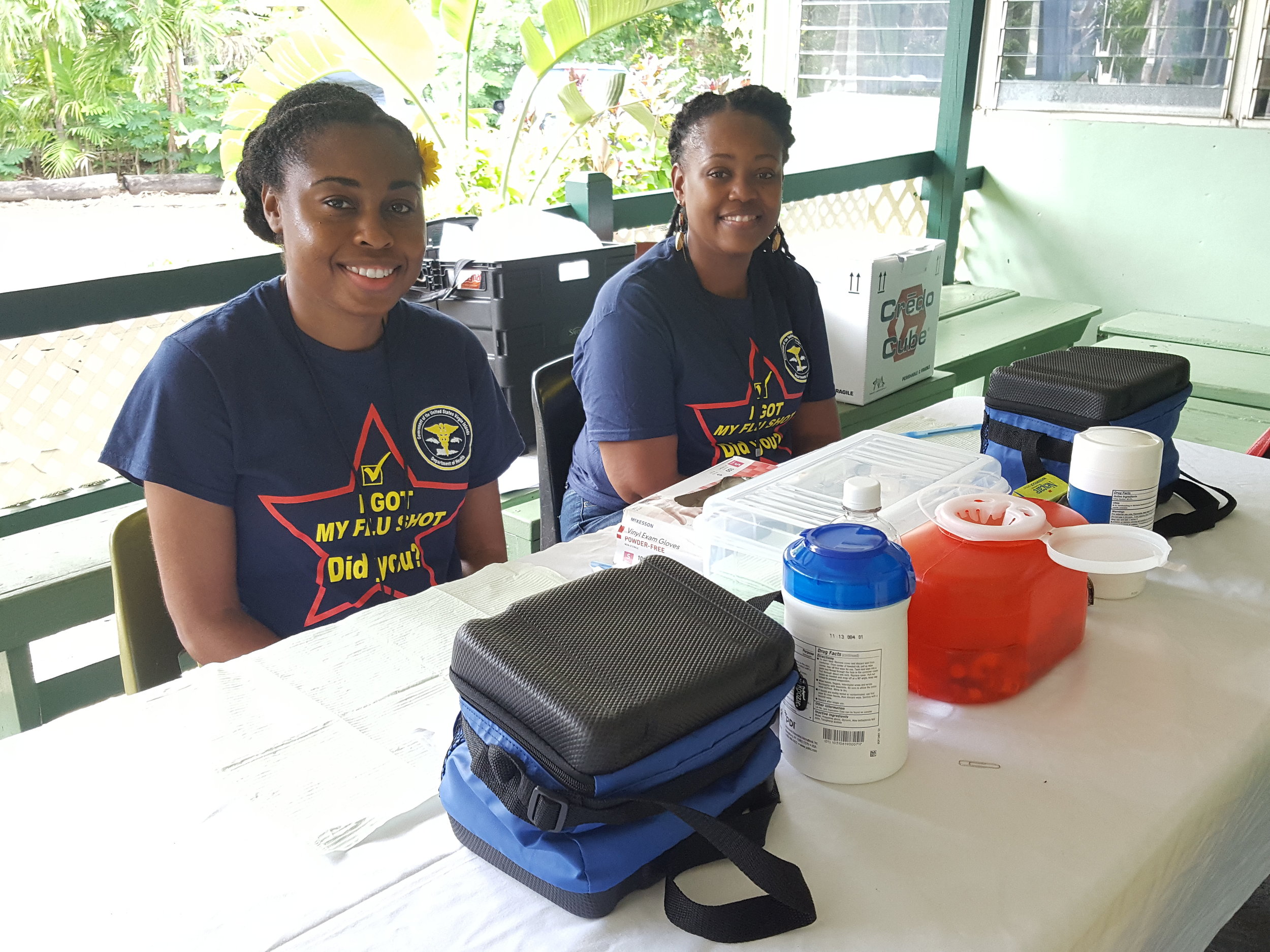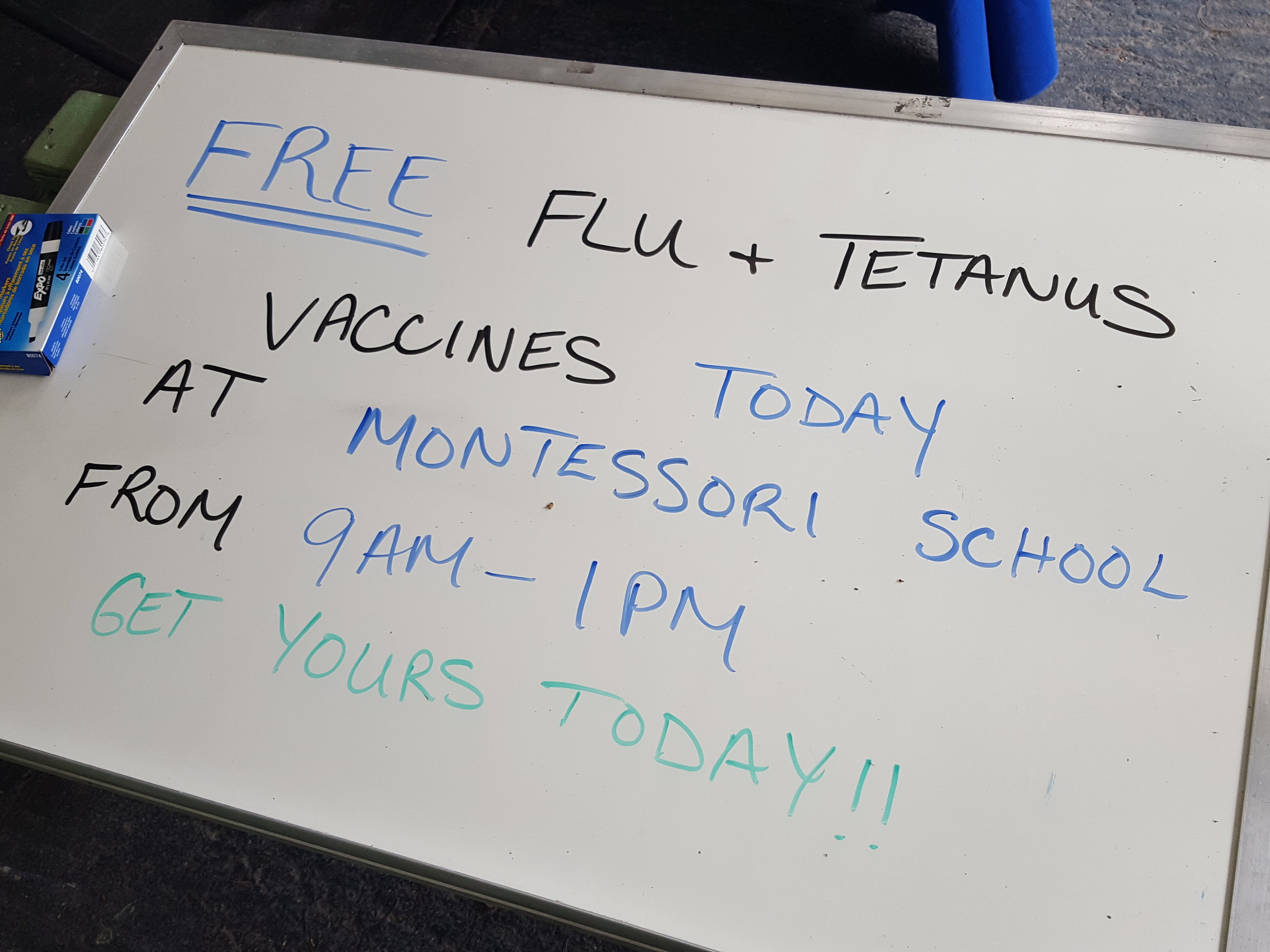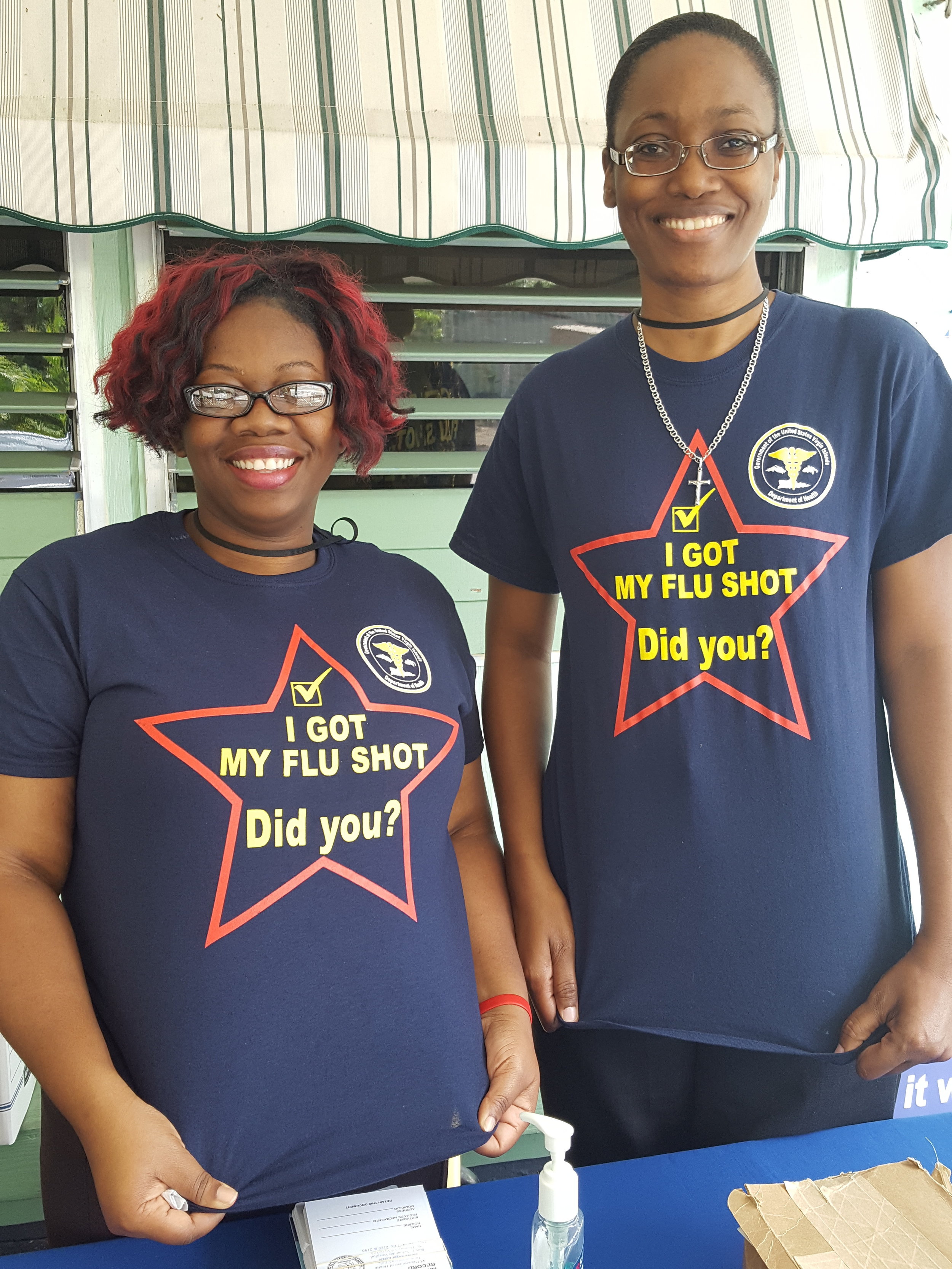Heads Up for Head Lice!
/September marks Head Lice Awareness Month, a time dedicated to shedding light on a common yet often misunderstood problem affecting people of all ages. Head lice, tiny parasitic insects that thrive on the scalp and hair, can cause itching, discomfort, and embarrassment. This month aims to educate individuals about the causes, prevention, and effective treatment options for head lice infestations.
How Head Lice Spreads
Head lice infestations are commonly found among children aged 3 to 11, but anyone can get them. These insects spread through direct head-to-head contact, which can occur during playtime, sleepovers, or close interactions. Contrary to popular belief, head lice do not jump or fly; they crawl from one person’s hair to another’s. Sharing personal items like hats, combs, or headphones can also facilitate transmission. According to the Centers for Disease Control, “Head lice survive less than 1–2 days if they fall off a person and cannot feed; nits cannot hatch and usually die within a week if they are not kept at the same temperature as that found close to the scalp.”
Prevention Tips
Minimize close contact with others, whether during play or daily activities at home, school, or social gatherings such as sports events, playground sessions, sleepovers, or camp.
Avoid sharing personal grooming tools like combs, brushes, or towels. Sanitize combs and brushes used by an infested individual by immersing them in hot water (maintained at a temperature of at least 130°F) for a duration of 5 to 10 minutes.
Refrain from lounging or resting on surfaces like beds, sofas, pillows, carpets, or stuffed animals that have been in recent contact with someone carrying a lice infestation.
Launder clothing, bedding, and other washable items worn or used by an infected person during the 48 hours leading up to treatment. Utilize the hot water (at a temperature of 130°F) laundry cycle followed by the high heat drying cycle. If items cannot be washed, consider dry-cleaning them or securely sealing them in a plastic bag for two weeks.
Perform thorough vacuuming of both flooring and furniture, particularly focusing on areas where the infested individual spent time.
Avoid the usage of fumigant sprays or fogging products.
Getting Rid of Head Lice
If head lice do manage to find a home on your scalp, do not panic. Effective treatment involves patience and diligence. Comb, comb, comb!
Use Medicated Shampoo after Consulting with your Healthcare Provider: Over-the-counter or prescription shampoos containing pyrethrins or permethrin can be used to kill lice. Follow the instructions carefully and repeat the treatment as recommended.
Manual Removal: Manually remove dead lice and nits (eggs) using a fine-toothed metal nit comb every day or 2, this is crucial for complete eradication.
Wash and Dry: Wash all clothing, bedding, and personal items in hot water and dry them in the hottest setting to kill any remaining lice.
Bag Non-Washable Items: Items that cannot be washed can be sealed in a plastic bag for two weeks. Lice cannot survive without a host for this long.
Notify Close Contacts: Inform friends, family, and school personnel if you discover a lice infestation. This helps prevent further spread.
Head Lice Awareness Month serves as a timely reminder of the importance of vigilance and proper education when it comes to preventing and treating head lice infestations. Understanding how head lice spread, taking preventative measures, and following effective treatment protocols can protect ourselves and our loved ones from the discomfort and inconvenience associated with these tiny yet persistent pests.






